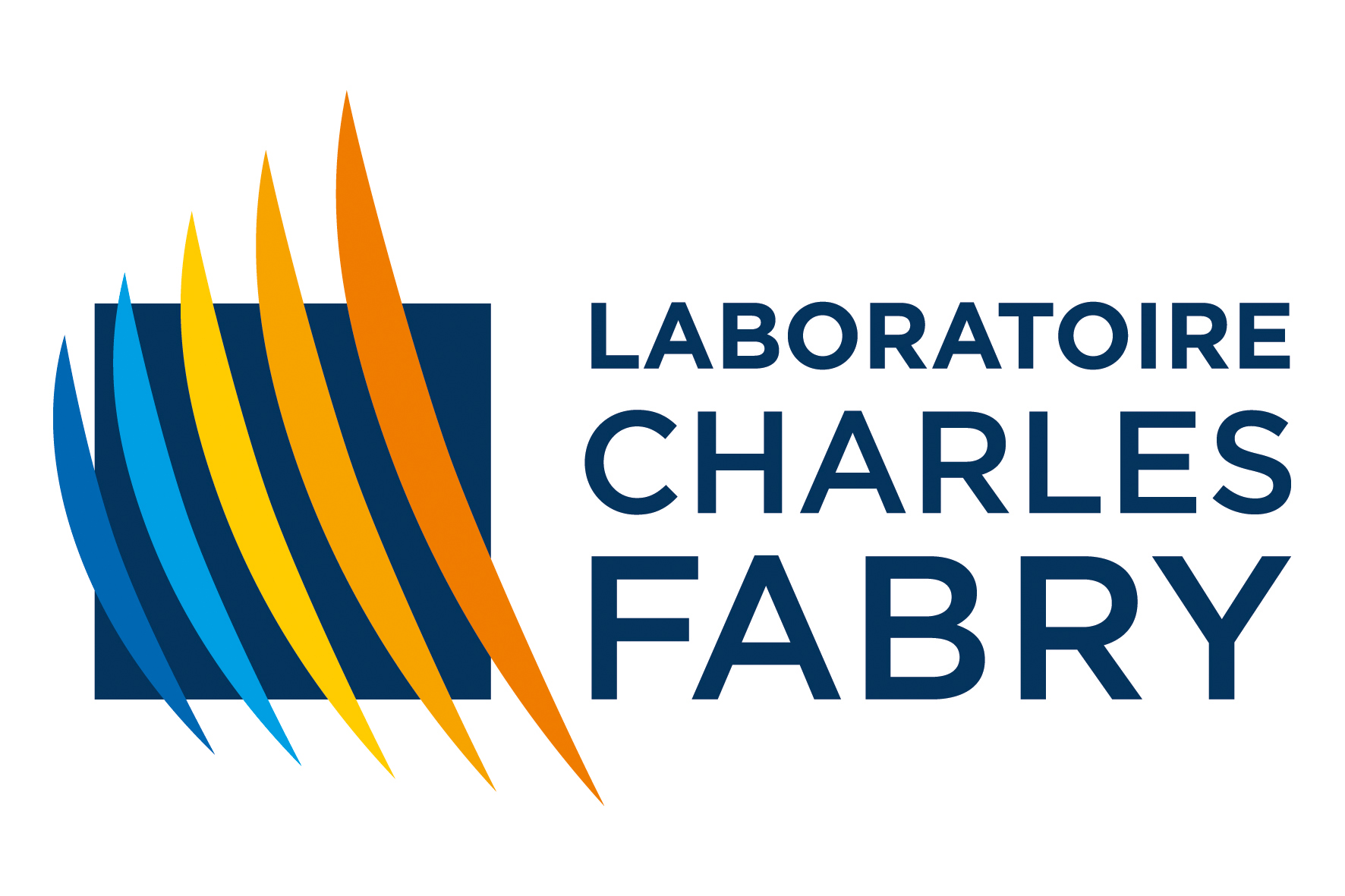Numerical simulations for the SAXO+ upgrade: Performance analysis of the adaptive optics system
Résumé
Context. SPHERE, operating at the VLT since 2014, is currently one of the high-contrast instruments with a higher performance. Its adaptive optics system, known as SAXO, will be upgraded to SAXO+, which features the addition of a second stage of adaptive optics. This stage will use a near-infrared pyramid wavefront sensor to record images of fainter exoplanets around redder stars. Aims. In this work, we compare the performance of SAXO and SAXO+. We look for the optimal values of the key system parameters of SAXO+ for various science cases and turbulence conditions. Methods. We performed numerical simulations using COMPASS, an end-to-end adaptive optics simulation tool. We simulated perfect coronagraph images of an on-axis point source, and we minimized the residual starlight intensity between 3 and 5 λ/D as a performance criterion. The explored parameter space includes science cases (described by magnitude in G and J bands), turbulence conditions (seeing and coherence time), and key system parameters (first and second stage gains, first and second stage frequencies, pyramid modulation radius, pyramid modal gains optimization). Results. In every science case and turbulence condition, SAXO+ reduces the residual starlight intensity inside the correction zone of the second stage by a factor of ten compared to SAXO. The optimal first stage gain is lower for SAXO+ than for SAXO alone. We quantified the gain in performance of SAXO+ when changing the second stage frequency from 2 to 3 kHz, and we conclude that 2 kHz may be sufficient for most realistic conditions. We give the optimal first stage gain as well as the first and second stage frequencies for every seeing, coherence time, and science case. Finally, we find that a 2 λ WFS / D pyramid modulation radius is a good trade-off between performance and robustness against varying turbulence conditions. Conclusions. This study shows that the future SAXO+ system will outperform the current SAXO system in all studied cases.
| Origine | Fichiers éditeurs autorisés sur une archive ouverte |
|---|





